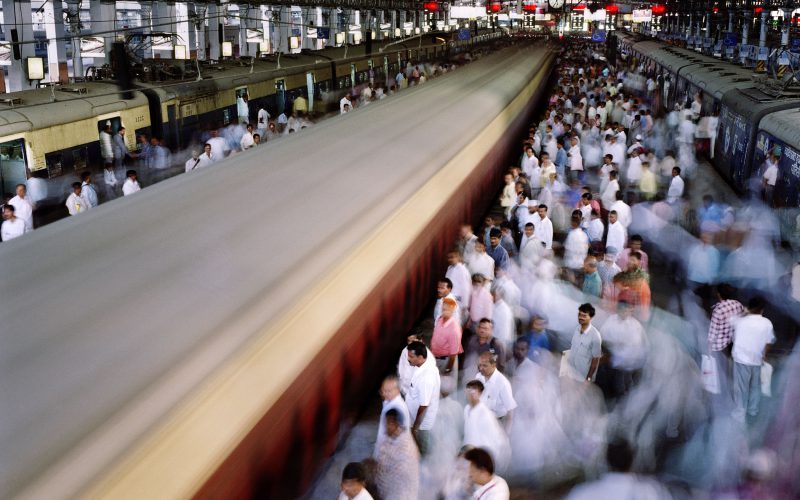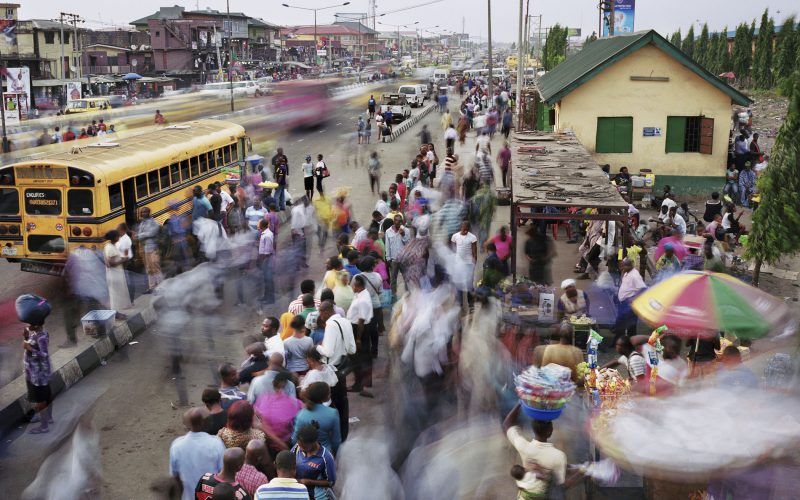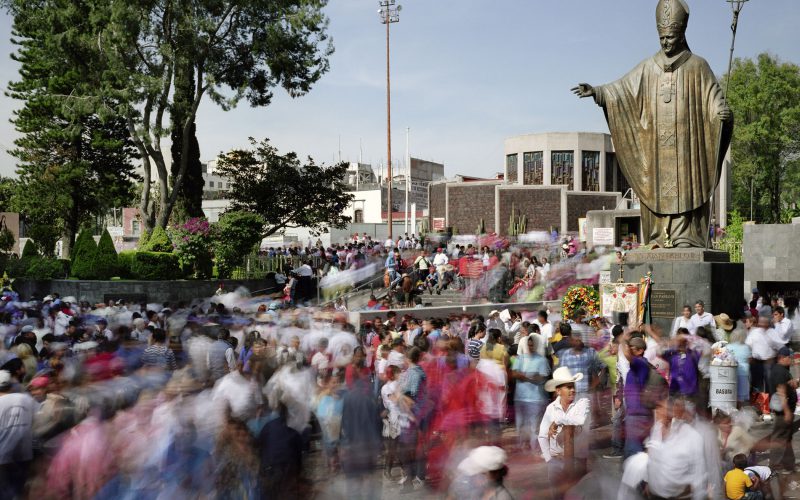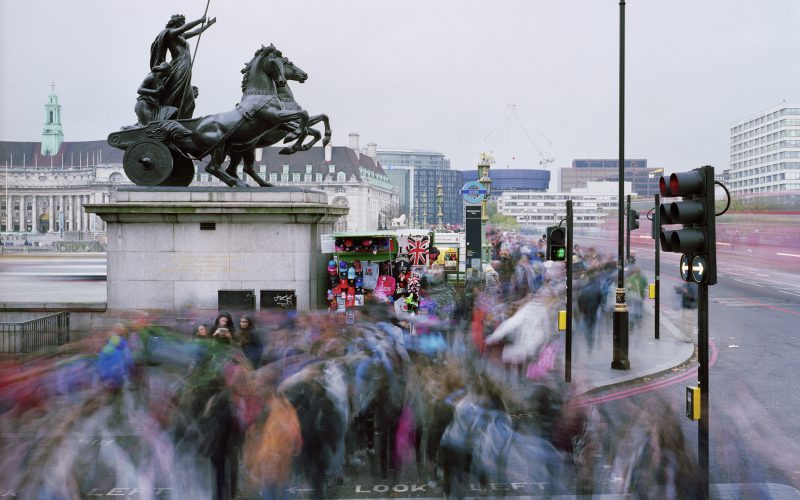Just over a century ago 13% of the world’s population was urban. The United Nations predicts that by 2050, three quarters of all people on earth – close to 6 billion – will be concentrated in ever growing cities. The UN has also declared that 28 of these cities have now passed the threshold to become megacities, defined as cities with more than 10 million inhabitants.
Globally, one in eight of us now lives in a megacity and by 2030 there are expected to be 41 connurbations with more than 10 million people worldwide. Fascinated by the sense of positive energy amidst the chaos in these centres of exploding population growth, Martin Roemers decided to document these spectacular environment, travelling to 22 megacities across five continents observing the sense of city as spectacle.
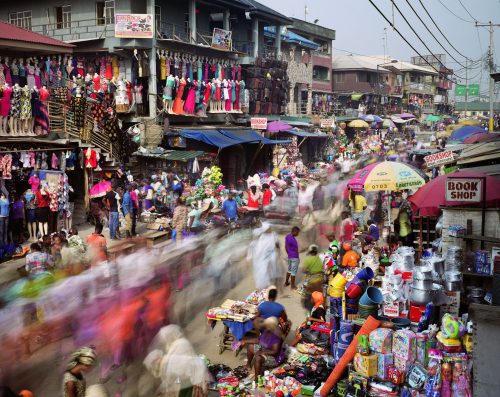
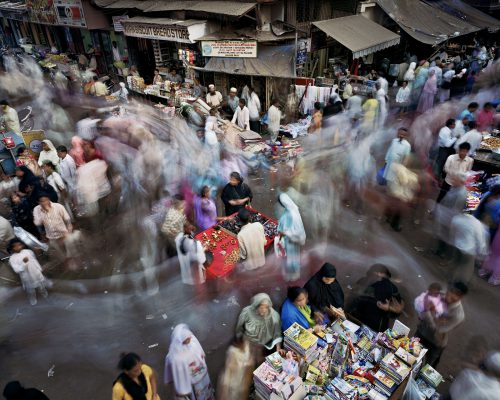
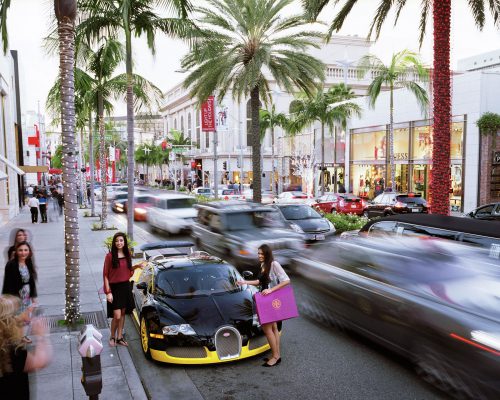
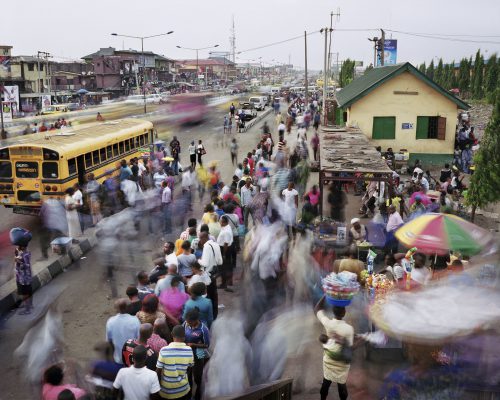
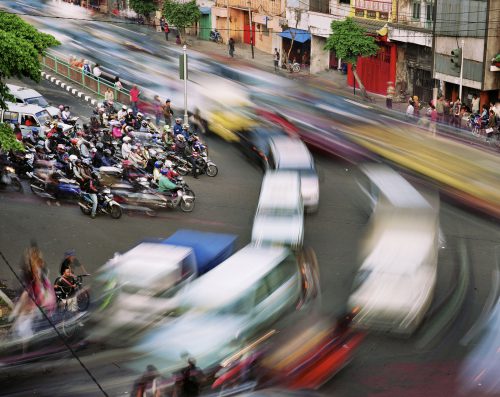
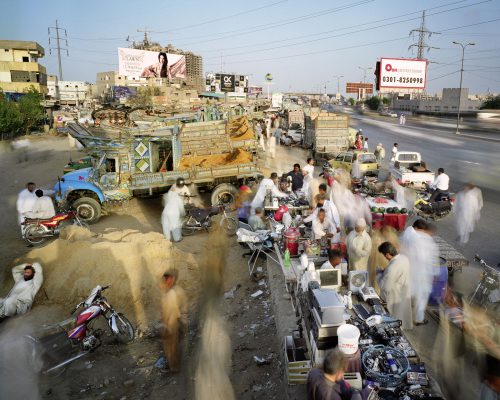
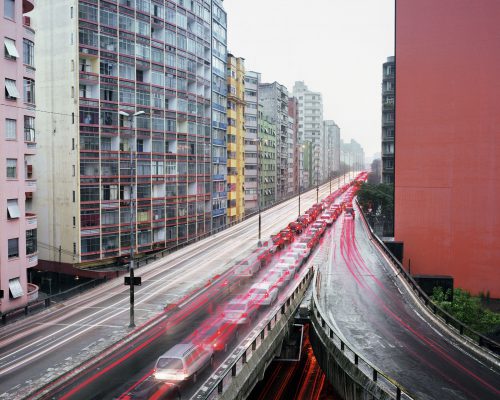
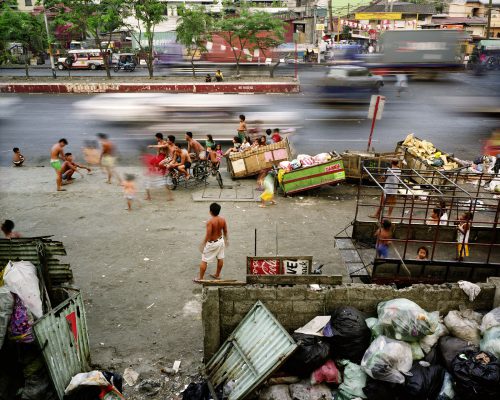
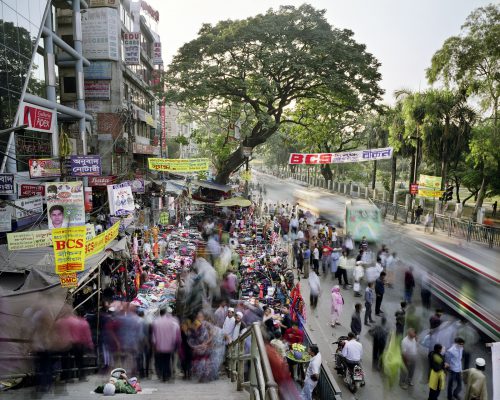
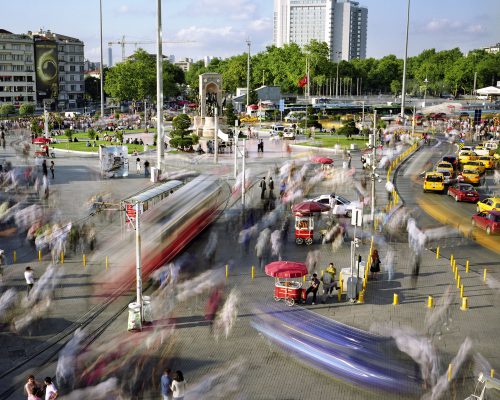
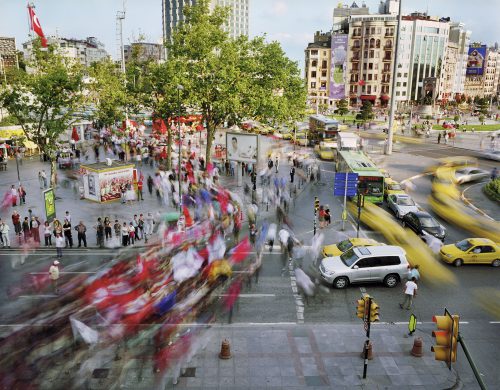
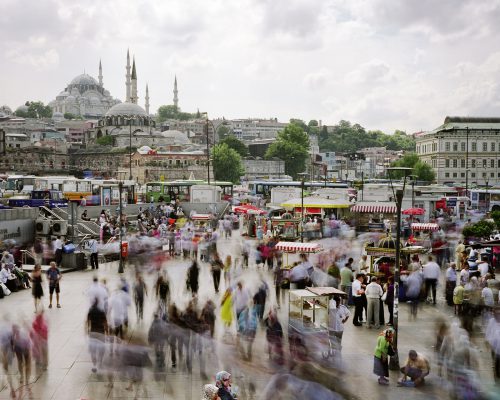
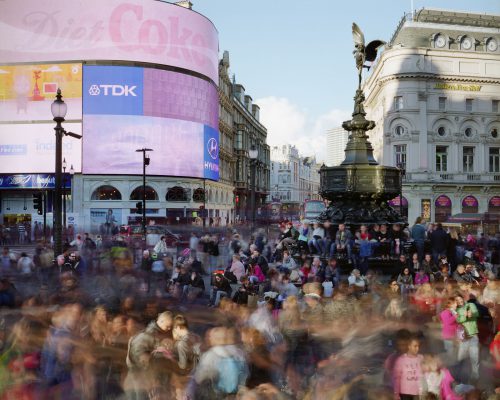
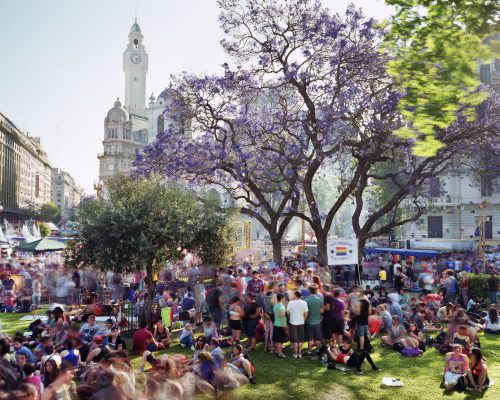
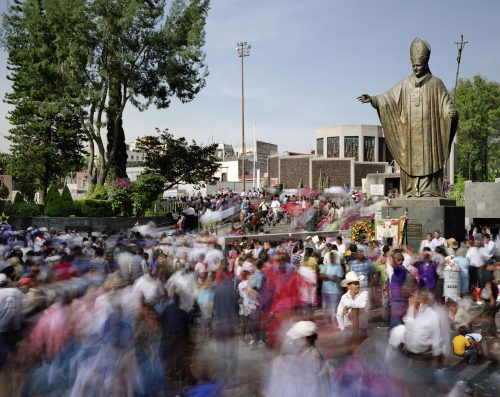
Roemers captures not just the scale, pace and immediacy of this urban reality but also offers and insight int the massive infrastructure needed to keep these colossal hubs of humanity moving and producing. His images reveal the complexities that allow enormous populations to function and thrive. His atmospheric long exposures also capture the odd individual, static, amidst the flow of the crowd.
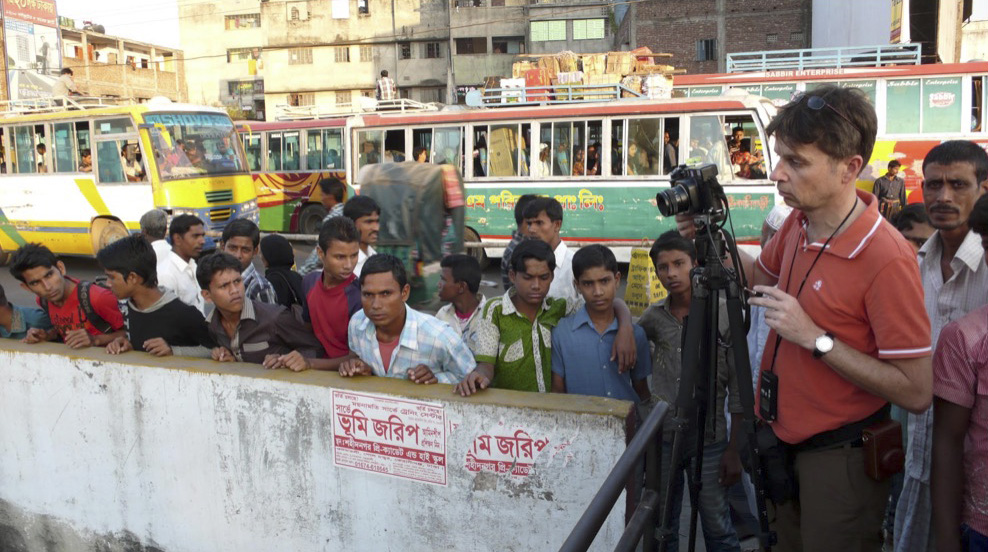
Working painstakingly with an analogue camera he makes use of the gift of time and patience, carefully studying each composition in order to illustrate human resilience and the ingenuity required to combat endlessly complex issues. From the shrinking amount of space available for each person to exist in, the vast economic needs of these populations, the vital access to clean water and sanitation to the sectors of public transport, education and provision of food. Here we see megacities as complex and fragile metabolisms which support and sustain various forms of life.
Roemers created pictures that convey not only the mass and energy of megacities but also the humanity of the individuals living in them.
The New Yorker

